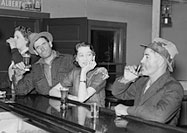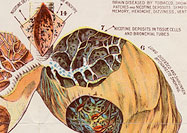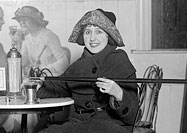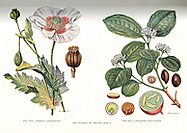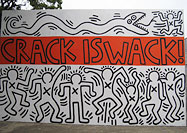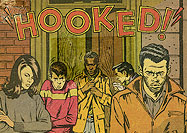EXPLORE
Choose one of the topics above.
INTRODUCTION
Mind altering drugs have been used throughout the history of America. While some remain socially acceptable, others are outlawed because of their toxic, and intoxicating, characteristics. These classifications have shifted at different times in history, and will continue to change…
TOBACCO
For generations, Native Americans have smoked pipes full of dried tobacco leaves for spiritual and social purposes and used the plant in medicinal remedies. Tobacco became known among English settlers as “God’s remedy” for its many uses…
ALCOHOL
In colonial America, home-brewed beer was popular among farmers and the working class and came to accompany a wide range of special events. Many physicians were enthusiastic about the medicinal properties of alcohol. As critics began to note the deleterious effects of frequent indulgence…
OPIUM
The pain-relieving properties of opium had been known for centuries when the drug was first used in America for the treatment of sleeplessness and illnesses such as coughs, smallpox, cholera, malaria, syphilis, dysentery, and tuberculosis. By the 19th century, many doctors believed so fervently in…
COCAINE
In the late 19th century, physicians recommended cocaine for the treatment of hay fever, asthma, and melancholy, and as a cure for alcoholism and opiate addiction. At this time, the typical cocaine user was a professional man who had been prescribed the drug or a physician administering his own doses…
MARIJUANA
In the 19th century, cannabis was available in patent medicines sold at pharmacies or via prescription. Recreational users began by smoking the resin from the plant until the 1920s when Mexican immigrants introduced the technique of smoking the leaves. This association of the drug with…


